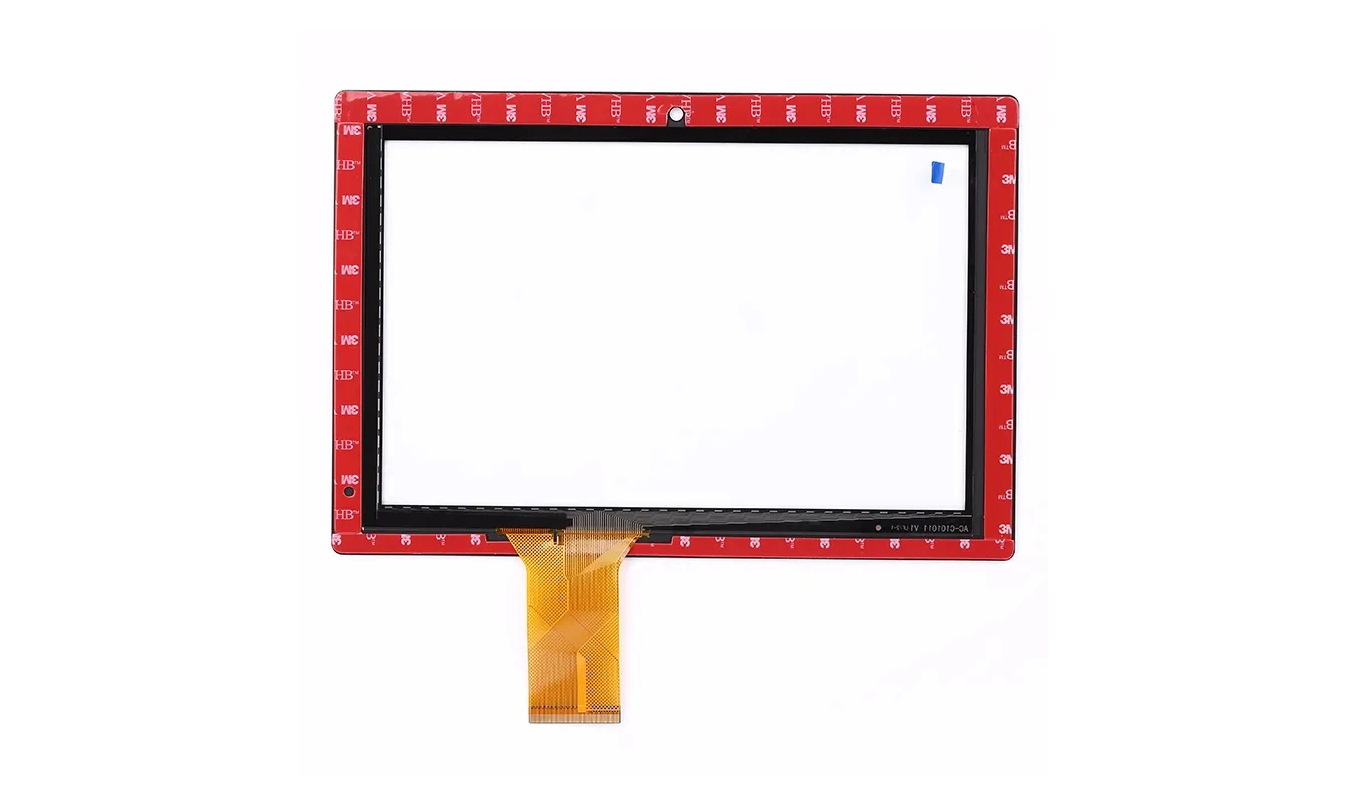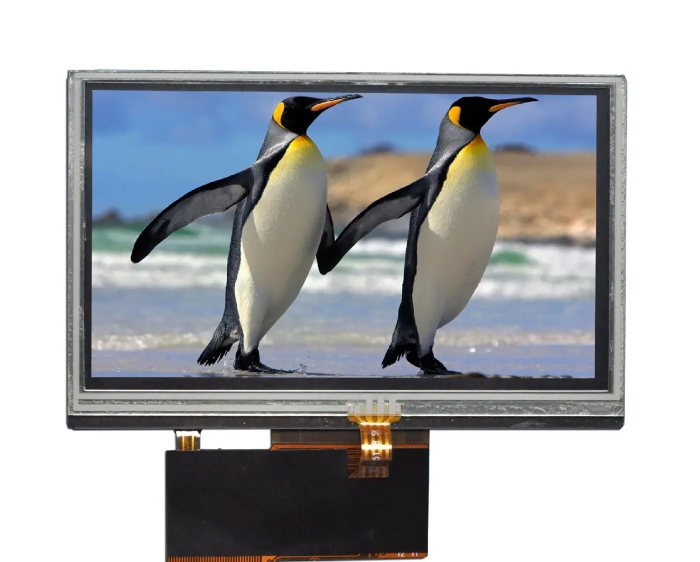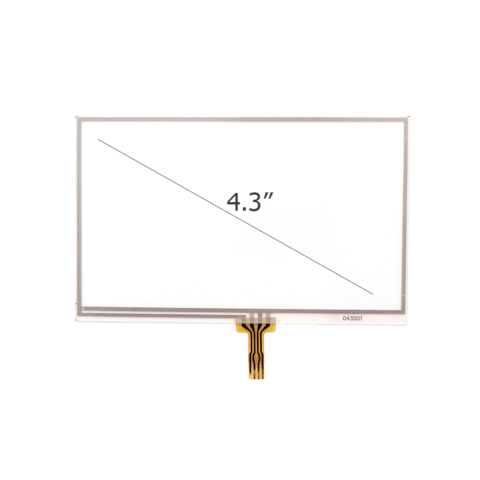Views: 243 Author: Vickey Publish Time: 2024-03-04 Origin: Site









Today, we're diving into the world of resistive touchscreens to uncover their hidden gems and potential pitfalls. Whether you're a smartphone aficionado or a tablet enthusiast, understanding the pros and cons of this technology will help you make informed decisions when choosing your next gadget. Let's explore together!
When it comes to durability, resistive touchscreens definitely hold their own. These screens are known for their ability to withstand scratches and abrasions, making them ideal for devices that are subjected to daily wear and tear. So, if you're someone who tends to be a bit rough with your gadgets, a resistive touchscreen could be a great option for you.
Another standout feature of resistive touchscreens is their accuracy. Unlike other types of touchscreens, resistive screens offer precise touch response, allowing for more accurate interactions with your device. Whether you're tapping, swiping, or drawing on the screen, you can expect consistent and reliable feedback from a resistive touchscreen.
Compatibility is also a major perk of resistive touchscreens. These screens work with any input method, whether it be a stylus, your bare fingers, or even gloved hands. This versatility makes resistive touchscreens a popular choice for industrial and outdoor applications where users may need to interact with the device using different tools or accessories.

Let's not forget about the cost factor. Resistive touchscreens are often more budget-friendly to produce and implement compared to other touch technologies. This affordability makes them a popular choice for devices that need touch capabilities but have budget constraints. So, if you're looking for a cost-effective touchscreen solution, resistive technology might be just what you need.
While resistive touchscreens offer a range of benefits, they do come with a few drawbacks that are worth considering. One of the main limitations of resistive touchscreens is their limited multi-touch capabilities. Unlike capacitive touchscreens, which support advanced multi-touch gestures like pinch-to-zoom, resistive touchscreens are not as adept at handling multiple touch inputs simultaneously. This can be a downside for users who rely on complex touch gestures for their device interactions.
Another downside to resistive touchscreens is the potential impact on image quality. The multiple layers of a resistive touchscreen can affect the display quality and visibility, particularly in bright lighting conditions. If you often find yourself using your device outdoors or in brightly lit environments, you may notice some degradation in the screen's clarity and sharpness.
In terms of responsiveness, resistive touchscreens may not be as snappy as their capacitive counterparts. Users may need to apply more pressure to register touch inputs on a resistive screen, which can result in a slightly less responsive user experience. If you prefer a light touch and quick responsiveness in your touchscreen interactions, a resistive touchscreen may not be the best fit for you.

Lastly, wear and tear can be a concern with resistive touchscreens over time. Like any technology, resistive touchscreens can develop dead spots or lose sensitivity with prolonged use. This wear and tear can impact the overall usability of the touchscreen and may require repairs or replacements down the line.
As we wrap up our exploration of resistive touchscreens, it's clear that this technology has its fair share of advantages and disadvantages. From durability and accuracy to compatibility and cost-effectiveness, resistive touchscreens offer a range of benefits that make them a popular choice for many consumers.
However, it's important to consider the limitations of resistive touchscreens, such as their less robust multi-touch capabilities, potential impact on image quality, and decreased responsiveness compared to other touch technologies. By weighing these pros and cons, you can make an informed decision when selecting a device with a resistive touchscreen or opt for alternative touch technologies that better suit your needs.
Ultimately, the choice between resistive touchscreens and other touch technologies comes down to your personal preferences and usage requirements. Whether you prioritize durability, accuracy, or cost-effectiveness in a touchscreen device, understanding the pros and cons of resistive touchscreens will help you make the right choice for your tech needs.
How Do You Replace Damaged Resistive Touch Screens on a Device?
Can You Improve User Experience with Resistive Touch Screens?
How Do You Calibrate and Maintain Your Resistive Touch Screen for Accurate Results?
Touchscreen technology for electric vehicle charging stations
How To Find The Best Touchscreen Display Solution for Your Smart Home System?
Revolutionizing In-Car Infotainment: The Power of Advanced Touchscreen Displays
